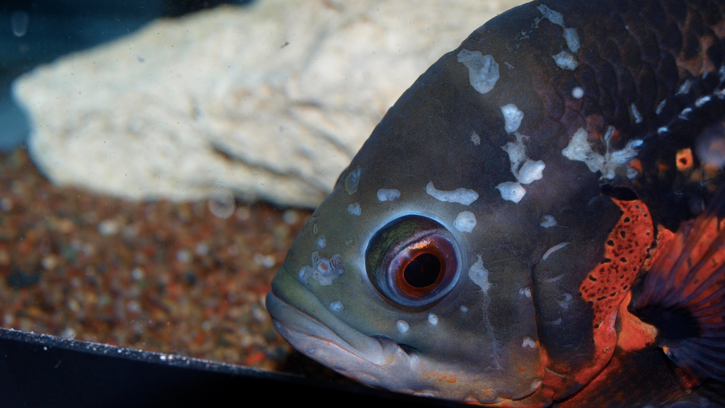7 Common aquarium fish diseases, and their cures!
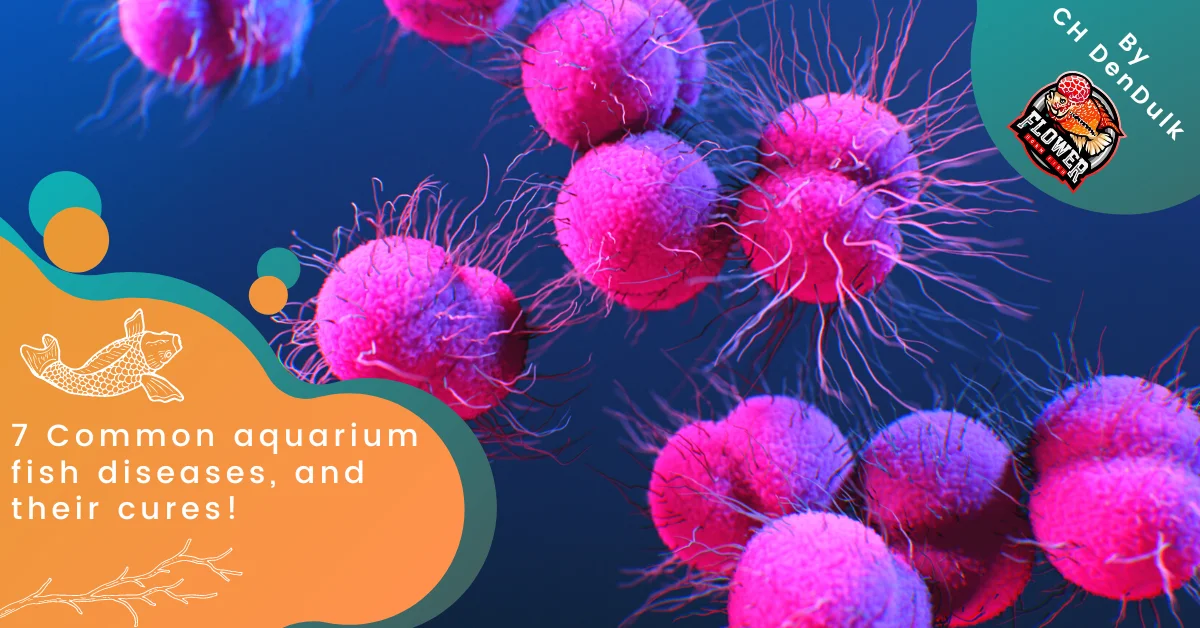
Below are 7 of the most common aquarium diseases you will encounter in the fishkeeping hobby, with a quick explanation of what the disease is, its symptoms, how to treat it, and an example of what they look like. Obviously, these don’t cover all of the diseases you will find in the hobby but are the most common of them all. When treating your aquarium with medication always make sure the medication that you are using is safe for your shrimp, snails, and scaleless aquarium fish and allows follow the instructions provided on the bottle. For a guide on how to use aquarium salt properly, you can go read my article on it here. And for home remedies when you don’t have medication at hand you can go read my other article here. So let’s get started!
White Spot (Ich):
What is the disease: Ich, also known as white spot disease, is a common parasitic infection that affects freshwater fish, particularly tropical fish, and is one of the most common diseases found in the aquarium hobby. The parasite responsible for ich is a protozoan called Ichthyophthirius multifiliis, which infects the skin and gills of fish.
Symptoms: White spots all over the fish, making it look like it was sprinkled with salt. This may affect several or all of your fish because the parasite reproduces quickly, especially in warmer aquarium water. Fish infected with white spot may appear lethargic or breathe rapidly. They may also rub against the substrate or decor to get rid of the parasite or sit motionless at the bottom of the aquarium.
Treatment: Treating this parasite takes time and must be thorough to completely clear it out of your aquarium. Over 24 hours, gradually increase the water temperature to 28°C. Maintain that temperature (While aerating your water with an airstone), and use either Waterlife Protozin Treatment, Dophin White Spot Treatment, or Aquarium salt. Following the directions on the packaging. Continue treatment for at least 1-2 weeks don’t stop when the spots have disappeared!
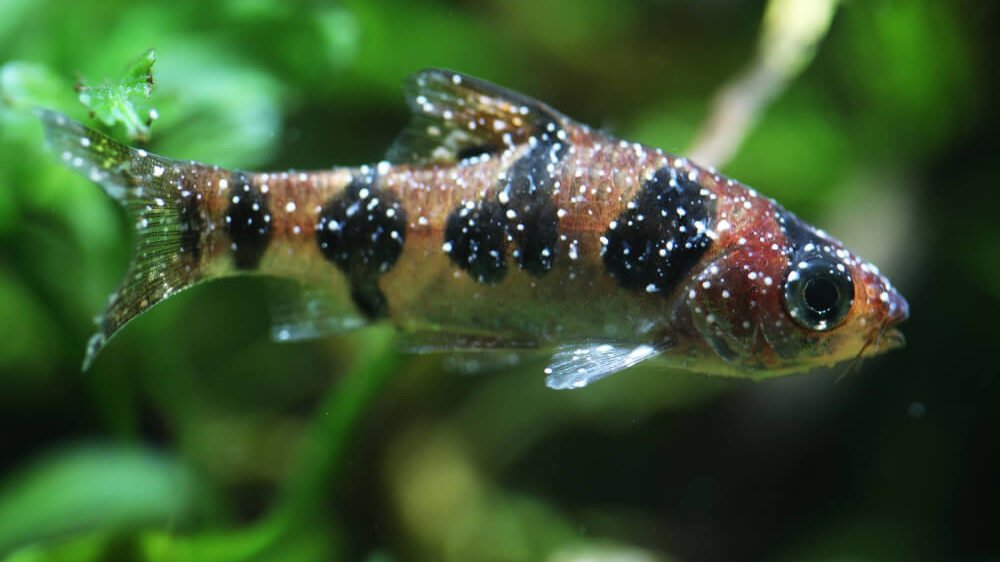
Fungus/Cotton Wool:
What is the disease?: Cotton wool disease, also known as “Fluffy” or “White Fungus” disease, is a common fungal infection that affects freshwater aquarium fish. The disease is caused by a type of fungus called Saprolegnia, which thrives in warmer aquarium water.
Symptoms: Fish with fin fungus/cotton wool disease typically exhibit white, fluffy growths on their skin, fins, and gills. In severe cases, these growths can cause the fish to have difficulty breathing or swimming, and can ultimately lead to death if left untreated.
Treatment: Check and monitor your water conditions, and make sure to keep up with your aquarium maintenance and weekly water changes. Then treat it with aquarium salt, Seachem Neoplex, or Rid All Anti-Fungual treatment.
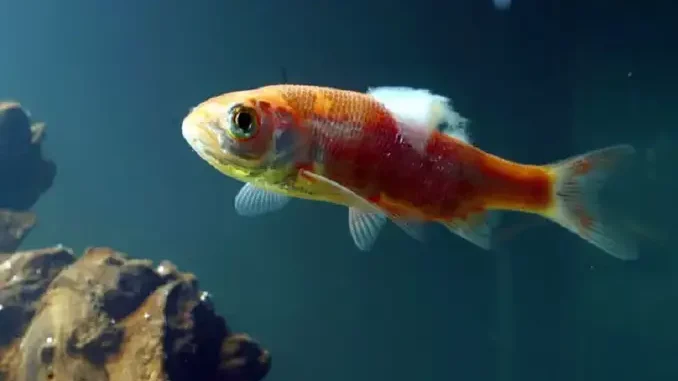
Finrot:
What is the disease?: Fin rot is a symptom of a disease. It is most often caused by a dirty tank and poor water quality, poor care when it comes to keeping fish. Fin rot can also be caused by injuries such as mishandling of fish or nipping and bullying behaviors from other tank mates.
Symptoms: The fish’s tail or fins start rotting, with white or frayed edges, you will notice inflammation at the base of the fins of the fish. Also, part of the fin or tail may have rotted away or fallen off if it has advanced far enough.
Treatment: Check and monitor your water conditions. Test for factors like pH, temperature, chlorine, ammonia, nitrite, and nitrate levels. Make sure to keep up with regular tank maintenance and water changes. Make sure the fish in question isn’t being bullied or having its fins nipped. Can be treated with either aquarium salt or Waterlife Myxazin.
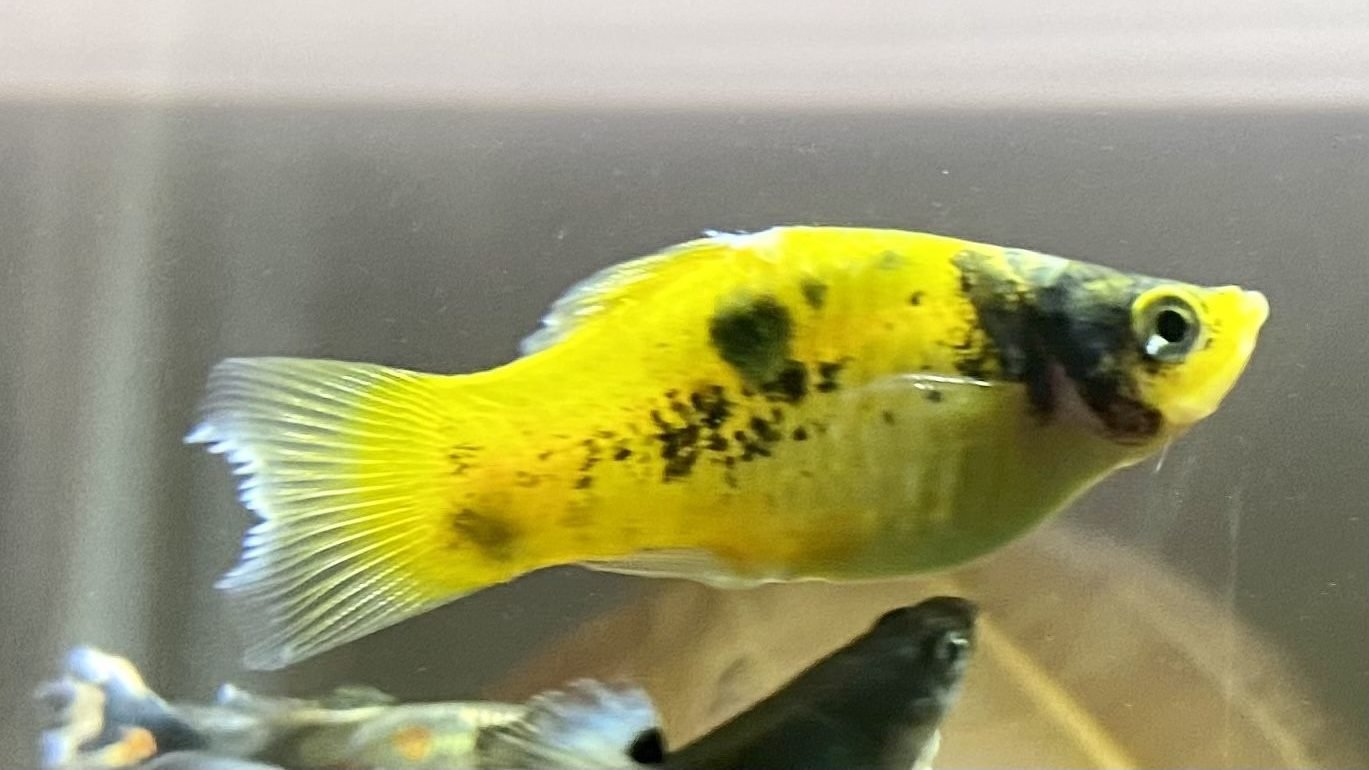
Popeye:
What is the disease? Popeye disease or Exophthalmos is not a disease. It is more indicative of other underlying problems. Popeye causes a build-up of fluids either behind the eye or in the eye itself, causing the eye to swell. It is most often caused by a dirty tank and poor water quality, poor care when it comes to keeping fish. Fortunately, it is not contagious.
Symptoms: The early symptoms of popeye disease in fish are subtle, so it can be hard to detect the disease before it causes significant damage. Generally, the eye will only protrude slightly in the early stages. But soon, there will be considerable swelling that will also affect the skin around the eye making it completely bulge out if left untreated the fish might lose the eye that is infected.
Treatment: Improving the fish’s diet and water quality would be the first step in treating this disease. The second would be adding aquarium salt to reduce the swelling. The next step would be to treat the fish with an anti-bacterial medication like Waterlife Myxazin until the swelling subsides. It will take several months for the affected eye to heal up so patience is key.
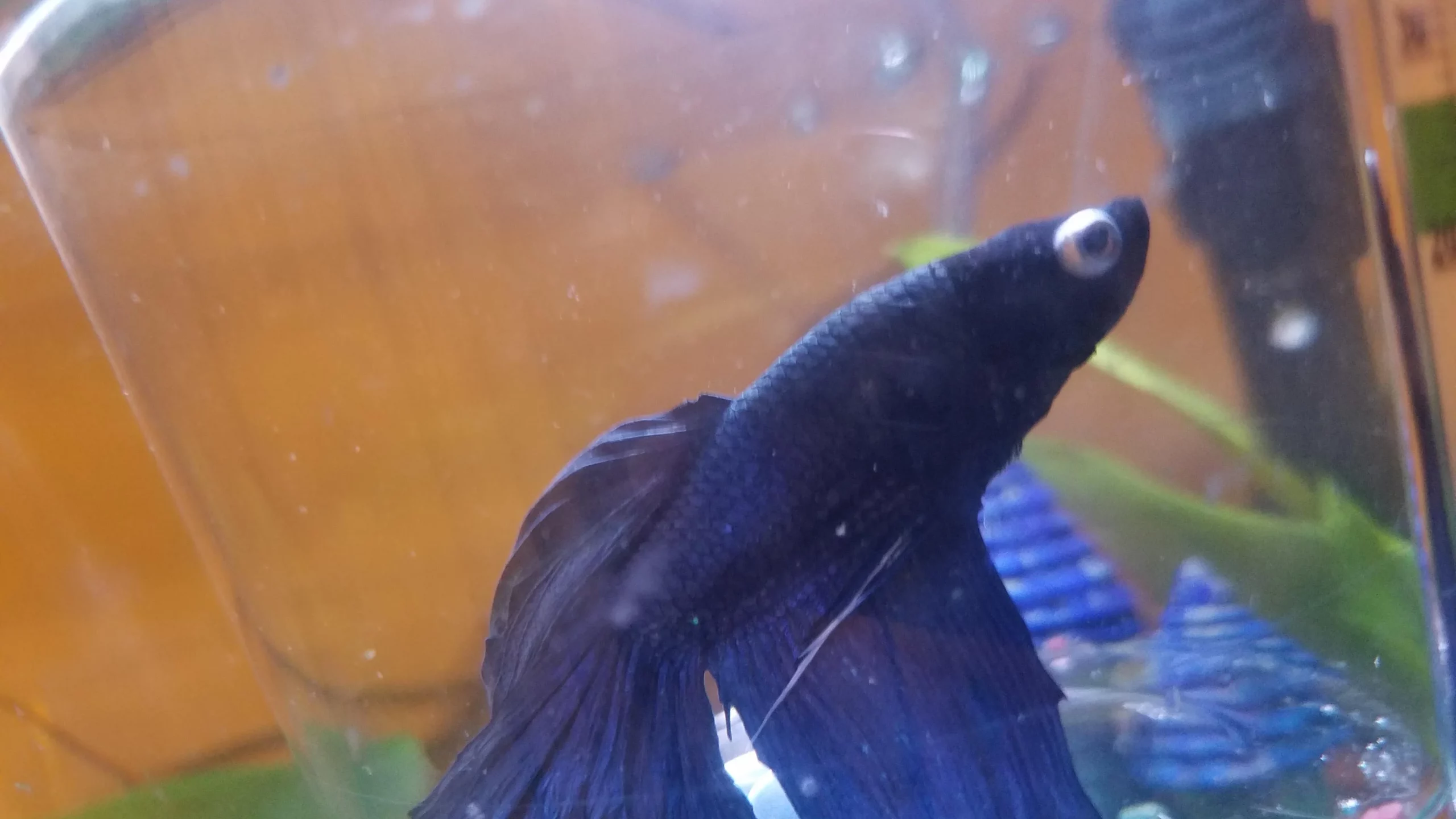
Swimbladder Disease:
What is the disease: Swim bladder disease is a common condition in fish that affects their ability to regulate buoyancy and swim properly. The swim bladder is an internal organ that helps fish control their buoyancy by regulating the amount of gas inside it. When the swim bladder becomes inflamed, infected, or damaged, it can cause the fish to have difficulty swimming, swim upside down, or sink to the bottom of the tank.
Symptoms: The symptoms of swim bladder disease can vary depending on the severity of the condition and the affected fish species, but they often include swimming difficulties, loss of balance, loss of appetite, and bloating.
Treatment: Treatment for swim bladder disease depends on the underlying cause and the severity of the condition. It may involve adjusting the fish’s diet and feeding schedule, improving water quality, and using antibiotics or other medications. But I have found that using aquarium salt helps to move the healing process along more quickly. You can also use Rid-All General Aid which I have used with some success.
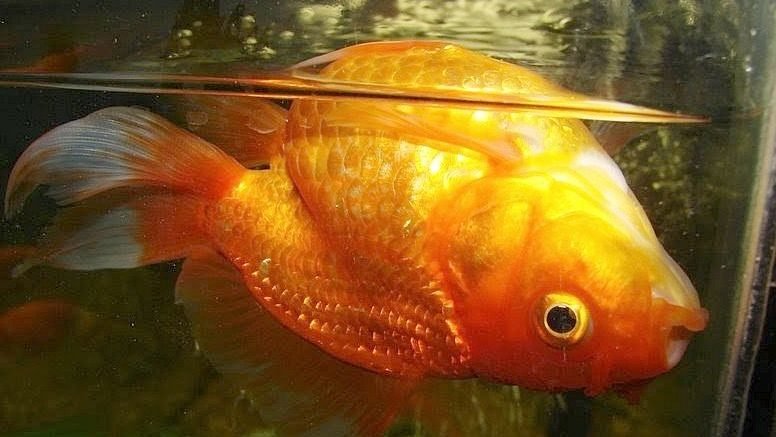
Dropsy:
What is the disease: Dropsy like some of the other diseases listed here isn’t actually a disease but a condition caused by an underlying health issue. Dropsy happens when fluid accumulates in a fish’s body giving it an almost pine cone look when viewed from above. The bacteria that cause is called edema or ascites, dropsy is a sign of another underlying health issue. Usually caused by chronic stress brought on by bad water conditions or being bullied by other fish.
Symptoms: The internal swelling of dropsy causes a fish’s scales to protrude and point away from the skin, giving the fish a “pine cone” appearance.
Treatment: Aquarium salt in the tank water can aid in the osmotic balance of the fish by making the water salinity closer to the fish’s blood salinity. This in turn will make the fish expel accumulated water that they have collected due to the bacterial infection. Als make sure to improve the fish’s diet and water quality as this will help with the healing process. It might take several weeks for the fish to start swimming normally again.
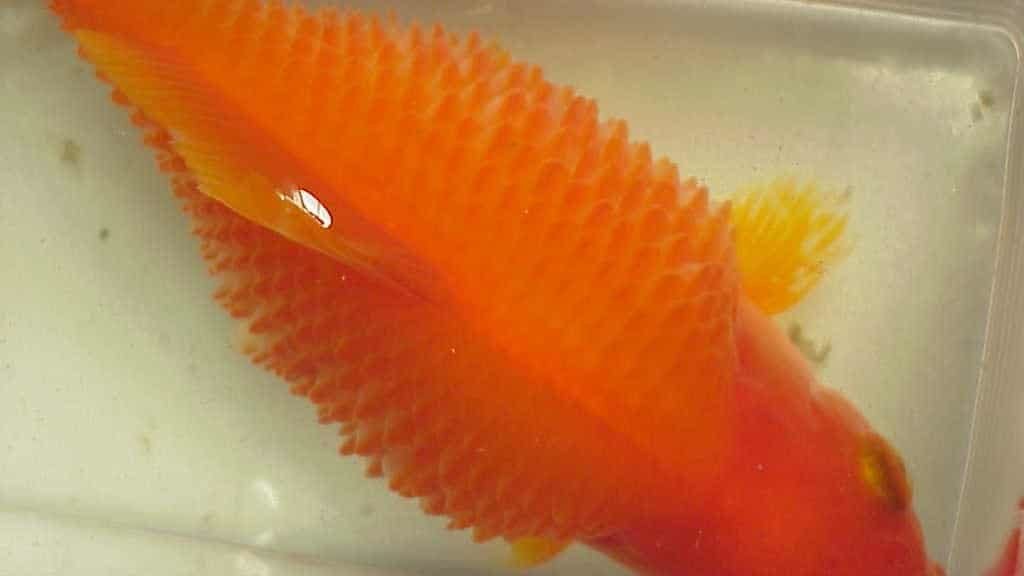
Hole In The Head:
What is the disease: Hole in the head disease, also known as head and lateral line erosion (HLLE) or head erosion syndrome (HES), is a condition that affects fish, particularly cichlids, in aquariums. The exact cause of hole-in-the-head disease is still unknown, but it is believed to be a multifactorial disease, which means that several factors may contribute to its development. These factors include poor water quality, stress, and nutritional deficiencies.
Symptoms: Symptoms of hole-in-the-head disease include small pits (which grow bigger eventually) or holes on the head and lateral line of the fish, erosion of the scales and tissue around the affected areas, and in severe cases, a loss of appetite and weight.
Treatment: Treatment for hole-in-the-head disease typically involves improving water quality, providing a nutritious and varied diet, and adding supplements to the aquarium water to boost the fish’s immune system. In severe cases, medication like Waterlife Octozin Hole In The Head And Bloat Treatment should be used.
